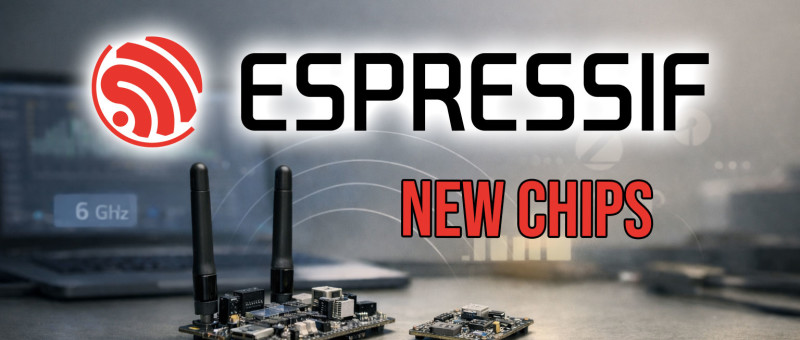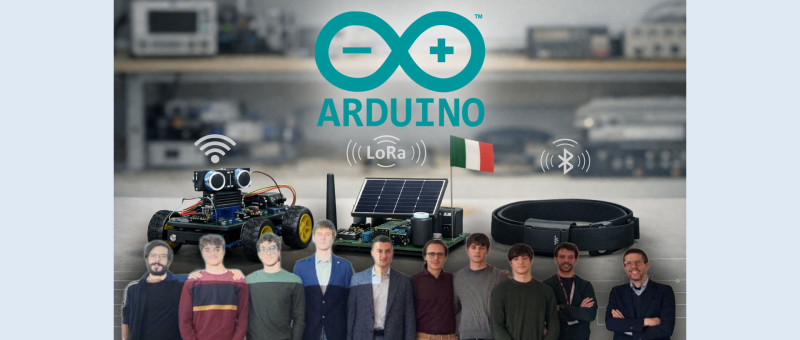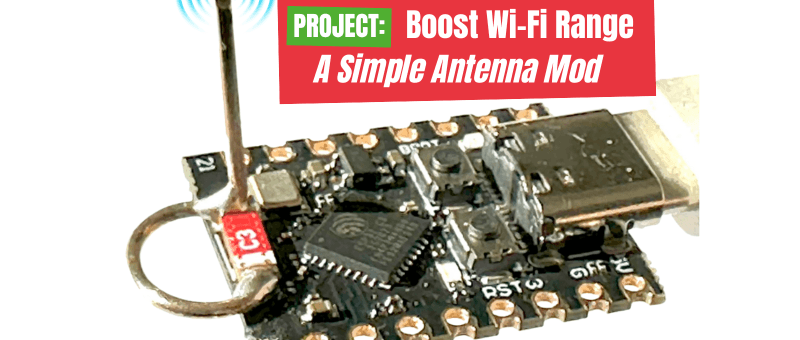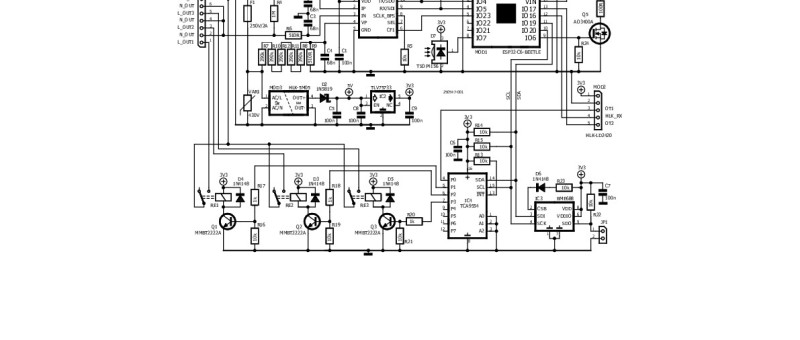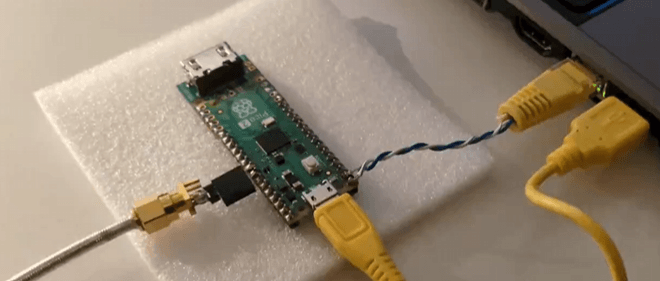| New Espressif microcontrollers shown at CES 2026 point to where low-power Wi-Fi and 802.15.4 designs are heading. The ESP32-E22 brings tri-b...
All items tagged with Embedded & AI and Wireless & Communication (47)
| Arduino 20th anniversary celebrations at the University of Padua produced three student-built prototypes, from a gesture-controlled vehicle...
| The Arduino UNO R4 brought a modern 32-bit platform to the classic UNO form factor, adding higher voltage tolerance, USB-C, a Renesas RA4M1...
| Power a lamp or heat a mug — no wires needed. This project transfers 20 W through a 5 cm table using 50 kHz electromagnetic resonance. A mic...
| The low-cost ESP32-C3 SuperMini modules feature a compact SMD antenna. However, the small antenna design greatly restricts the effective Wi-...
| Bluetooth beacons have always inspired marketing specialists and developers, using it to position objects that cannot use GPS due to a lack...
| Relio is a compact, Matter-enabled smart device that integrates presence detection, environmental sensing, IR control, energy monitoring, an...
| In the second part of this series, we realized the digital wireless transmission of audio, but the data rate of the prototype was only usabl...
| Three years after the popular Pico-10BASE-T experiment and following bit-banged USB in 2023, developer Steve Markgraf now bit-bangs 100 Mbit...
| Build your own Variable Frequency Oscillator (VFO) with a Raspberry Pi Pico! This compact project delivers a tunable signal up to 15 MHz, en...


